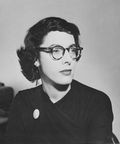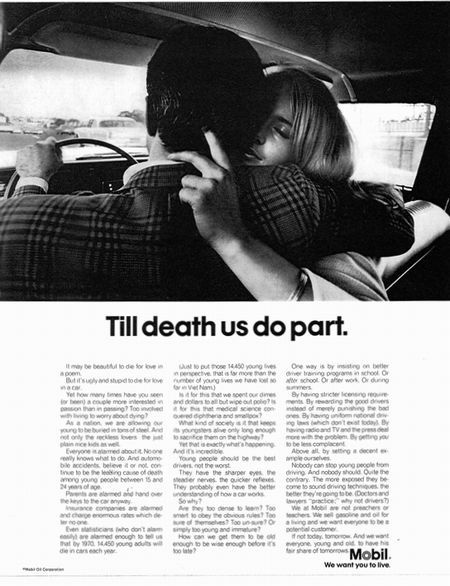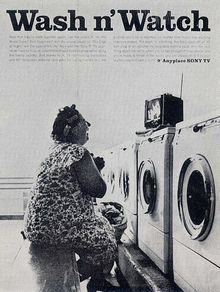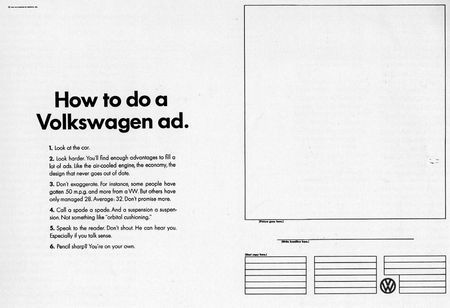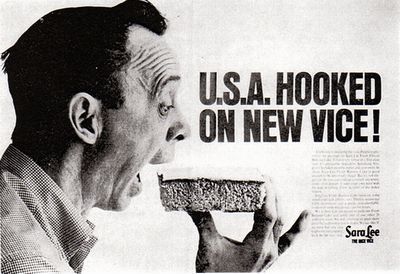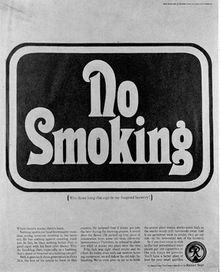in 1985, Leonard Sirowitz was appointed the Hall of Fame by Art Directors Club N.Y.(1)
Len Sirowitz was chosen as "The Number One Art Director in America" in 1968 and 1970 polls taken by AdDaily.
He was then Senior Vice President and Creative Management Supervisor at Doyle Dane Bernbach and his accounts included corporate giants like Mobil, Volkswagen and Sony, regional accounts such as Laura Scudder Potato Chips and Rainier Beer and national advertiser like Sara Lee and Parker Pens.
He credits DDB with providing the creative environment which encourage talent like his to produce award-winning advertising.
To work at DDB was to be part of the creative revolution of the 60s and for Sirowitz it was like being a team member for the 1927 Yankees.
The other players on the art side included Helmut Krone, Bob Gage and Bill Taubin.
On the copy side were Phyllis Robinson, Dave Reider, Leon Meadow, Ron Rosenfeld and Bob Levenson.
The managing genius was Bill Bernbach.
L;A Conversation with William(Bill) Bernbach
C;An Interview with Helmut Krone
R;An Interview with Mrs. Phyllis Robinson
L;Interview with Mr. Leon Meadow
C;An Interview with Ronald(Ron) Rosenfeld
R;An interview with Robert(Bob) Levenson
In 1966 Bernbach dissuaded Mobil from doing a conventional centennial celebration and instead Sirowitz developed a campaign which came to be an exemplar for public service advertising.
The powerful print and television ads drew attention to a topic of current national interest, highway safety, while promoting a caring corporate image for Mobil.
In the midst of Ralph Nader's crusade for safer automobiles and numerous congressional reports on traffic fatalities, explicit ads like "Til death us do part" and "Fresh killed chicken" brought the problem close to home.
L;Til death us do part
R;Fresh killed chicken
One of the TV spots comparing a car falling off a ten-story building to a crash at 60 mph, is a classic in public service commercial and won a prize from Rutgers University for best corporate public service campaign.
The Better Vision Institute was another example of an account for which Sirowitz successfully personalized an issue, in this case the plight of people with vision problems Sirowitz chose photographs by "new" talent Dick Richards, Phil Marco and Steve Horn for the numerous print ads which ran in LIFE and LOOK magazines The photographs re-created the world of the blind and visually impaired as in "Why Johnny can't read," the best-known of the campaign which showed a blurry blackboard as if seen by a child with poor vision The power of the ads to both inform and evoke an empathetic response is exemplified in the ad featuring a cross-eyed but otherwise normal little girl with the headline, "Why did Anne Flynn's parents allow us to use this picture?".
L;Why Johnny can't read.
R;Why did Anne Flynn's parents allow us to use this picture?
Sirowitz's talent for reaching the American public helped launch Sony products into the U S market in the mid 60s Sony had introduced a startling 4"-wide TV set which though expensive, was a technological breakthrough in portability In trying to portray practical uses for this new product, Sirowitz and copywriter Ron Rosenfeld hit upon an ingenious print campaign which showed an "average guy" enjoying the 4" Sony on his lap, "Pee Wee Tee Vee," on his stomach, "Tummy Television," and hanging around his neck, "The Walkie-Watchie."
L;Pee Wee Tee Vee
R;Wash n'Watch
The Volkswagen account was one of Sirowitz's tougher challenges. The basic and successful look of Volkswagen advertising had already been established by Helmut Krone when Sirowitz took over the account in 1962. He continued in Krone's style but infused his own blend of bluntness and humor as in the magazine ad which read. "Will we ever kill the bug?" and pictured a VW beetle playing dead.
Design format for VW campaign by Helmut Krone
Will we ever kill the bug?
Sirowitz is a genius at finding a selling angle for his clients. Parker Pens for instance needed an idea to sell their fountain-type pens in a market of inexpensive ball-points. Sirowitz developed a TV campaign which conceptualized the ability of the pen to transmit and embellish the emotions of the writer. In these spots, "Puts new meaning into anything you write," the Parker Pen becomes a versatile conveyer of eloquent love or consumer anger or ultimately whatever the user wants it to be.
And don't you forget it.
With copywriter Bob Levenson, Sirowitz devised a memorable TV campaign for Sara Lee Baked Goods with the very catchy theme and song, "Everybody doesn't like something, but nobody doesn't like Sara Lee."
U.S.A. HOOKED ON NEW VICE!
Sirowitz's regional accounts at DDB were just as notable as his national ones. Television commercials for Laura Scudder Potato Chips on the West Coast pioneered an accentuated audio effect equating crunchiness with freshness. In "The Noisiest Chips in the World" an incredibly cute child mimics a delightfully silly adult, riveting the viewer's attention to the ensuing dialogue. For Rainier Beer, also located on the West Coast, Sirowitz produced a full-page, poster-like newspaper campaign which won for best campaign in the R.0.P.Color Newspaper Awards in the early 60s.
L;WAIT
R;No Smoking
While at Doyle Dane, Sirowitz put his advertising skills to another use-political activism. Working for organizations like SANE, Coalition for a Democratic Alternative and later for Eugene McCarthy's presidential campaign, Sirowitz galvanized the anti-war sentiments of middle class Americans, the so-called Silent Majority, to give the anti-war movement cross-generational scope and respectability. Like much of his advertising, the political work touched the average American. In a candid and convincing style, "Fathers and sons together against the war," "Press Button to End War," and "Man VS. Machine" sent the message that peace was not just the banner of long-haired crazies.


